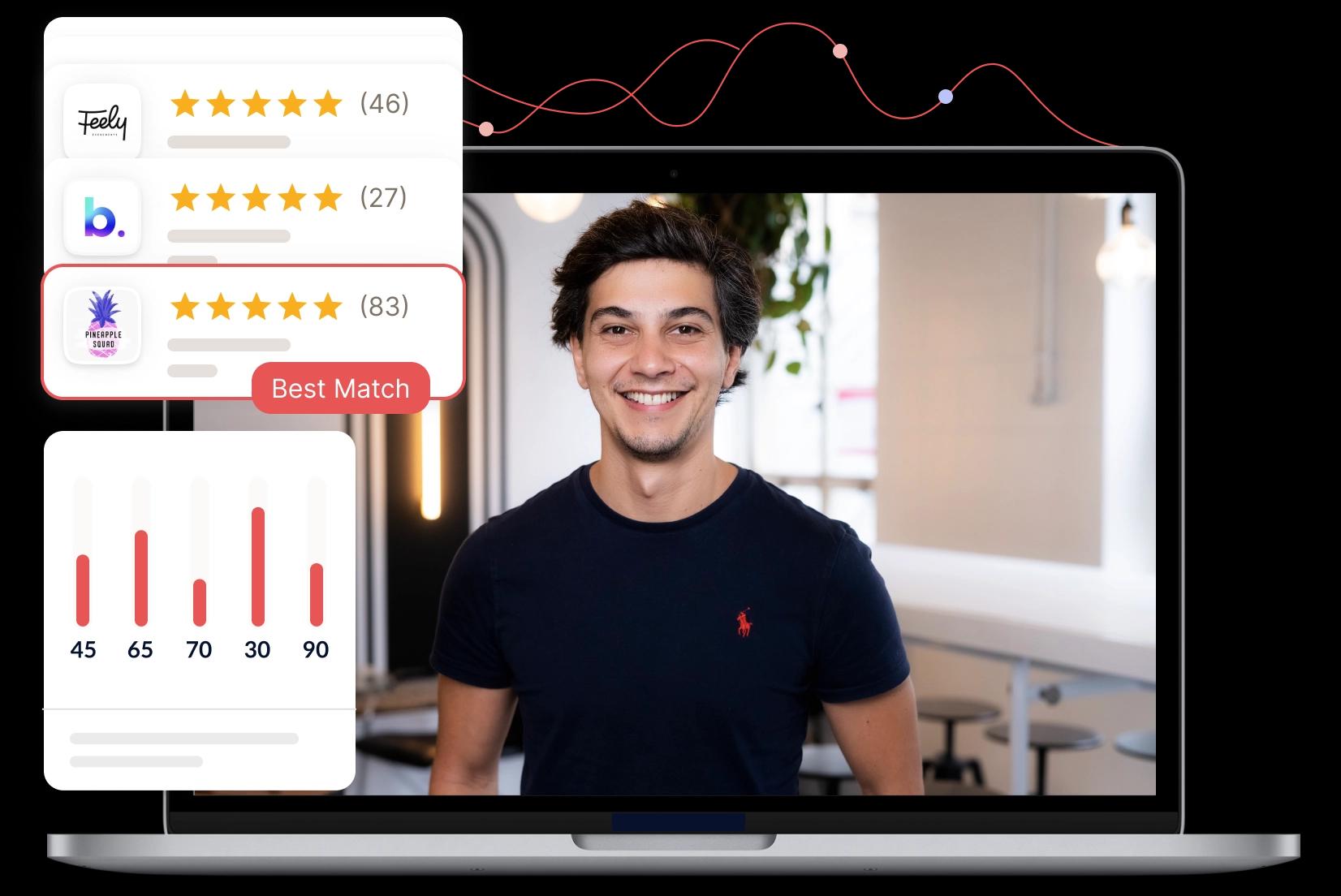Twitter Advertising Agencies in United States
- RecommendedAward-winnerNo work in Twitter AdvertisingActive in the United StatesFrom €5000 for Twitter Advertising
- RecommendedAward-winnerNo work in Twitter AdvertisingActive in the United StatesFrom €1000 for Twitter Advertising
- 5(12 reviews)
A digital agency based in London & New York, here to help you Burst onto the digital scene.
RecommendedAward-winnerNo work in Twitter AdvertisingActive in the United StatesFrom €1000 for Twitter Advertising - RecommendedAward-winnerNo work in Twitter AdvertisingActive in the United StatesFrom €1000 for Twitter Advertising
- RecommendedAward-winnerNo work in Twitter AdvertisingActive in the United StatesFrom €1000 for Twitter Advertising
- RecommendedAward-winnerNo work in Twitter AdvertisingActive in the United StatesFrom €1000 for Twitter Advertising
- RecommendedAward-winnerNo work in Twitter AdvertisingActive in the United StatesFrom €1000 for Twitter Advertising
- Award-winner1 work in Twitter AdvertisingActive in the United StatesFrom €1000 for Twitter Advertising
- RecommendedAward-winner4 works in Twitter AdvertisingActive in the United StatesFrom €1000 for Twitter Advertising
- 5(3 reviews)Award-winner2 works in Twitter AdvertisingActive in the United StatesFrom €1000 for Twitter Advertising
- RecommendedNo work in Twitter AdvertisingActive in the United StatesFrom €1000 for Twitter Advertising
- 5(2 reviews)RecommendedNo work in Twitter AdvertisingActive in the United StatesFrom €1000 for Twitter Advertising
- 5(1 review)2 works in Twitter AdvertisingActive in the United StatesFrom €1000 for Twitter Advertising
- RecommendedAward-winnerNo work in Twitter AdvertisingActive in the United StatesFrom €1000 for Twitter Advertising
- (0 review)No work in Twitter AdvertisingActive in the United StatesFrom €1000 for Twitter Advertising
- No work in Twitter AdvertisingActive in the United StatesFrom €1000 for Twitter Advertising
Thrive Internet Marketing Agency
(0 review)No work in Twitter AdvertisingActive in the United StatesFrom €1000 for Twitter Advertising- (0 review)No work in Twitter AdvertisingActive in the United StatesFrom €1000 for Twitter Advertising
- (0 review)Award-winnerNo work in Twitter AdvertisingActive in the United StatesFrom €1000 for Twitter Advertising
- (0 review)2 works in Twitter AdvertisingActive in the United StatesFrom €1000 for Twitter Advertising
